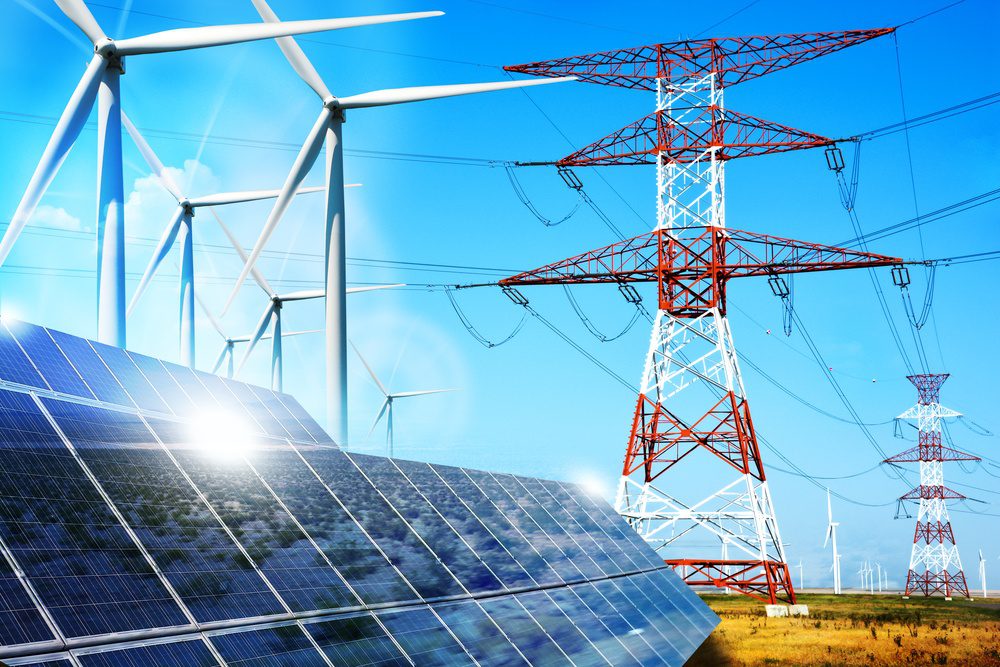
Renewables integration archive
Renewables are reliable. The Clean Coalition has modeled how intelligent grid solutions — such as demand response, advanced inverters, and energy storage — can support the integration of high penetrations of renewables onto the grid. The results show that local renewables and intelligent grid solutions enable system operators to maintain grid reliability by keeping power, voltage, and frequency in balance.
The following resources support this position:
Advanced Inverters for Distributed PV: Latent Opportunities for Localized Reactive Power Compensation. Updated May 13, 2013. This study by UC Berkeley and the Clean Coalition outlines the opportunity for localized management of reactive power by using advanced inverters coupled with distributed PV systems to provide reactive power adjacent to the point of use, as is being done in Germany. Furthermore, the study evaluates the feasibility of a Germany-like system in the United States. PDF
Advanced Inverters – Recovering Costs and Compensating Benefits. Published October 18, 2013. This article by the Clean Coalition argues that advanced inverters should be treated as a cost-effective tool to optimize power quality, system reliability, and ratepayer economics through distributed voltage regulation. Given the system wide benefits, utilities should handle the costs of advanced inverters just as they handle the costs of traditional voltage control solutions, such as capacitor banks and synchronous condensers. PDF
“Flattening the Duck” by integrating high penetrations of renewables. Updated February 11, 2014. Mr. Lewis’ presentation addresses the California Independent System Operator’s infamous ‘Duck Chart,’ which predicts significant grid reliability challenges later this decade. Through the use of preferred resources, California can ensure power system reliability while staying aligned with the state’s established climate and energy goals. PDF | PPT
DG+IG Enhances System Reliability & Efficiency. Updated November 5, 2013. This presentation highlights how distributed generation integrated with intelligent grid solutions (DG+IG) balance power, voltage, frequency, which creates a far more reliable and efficient electrical system. PPT
Energy Storage: The Next Charge for Distributed Energy. Published March, 2014. This report, by John Farrell of the Institute for Local Self-Reliance, details how energy storage can address policymaker concerns about solar. Distributed energy storage promises to change the electricity system during the next decade, as fundamentally as distributed renewable energy has in the last decade. PDF
